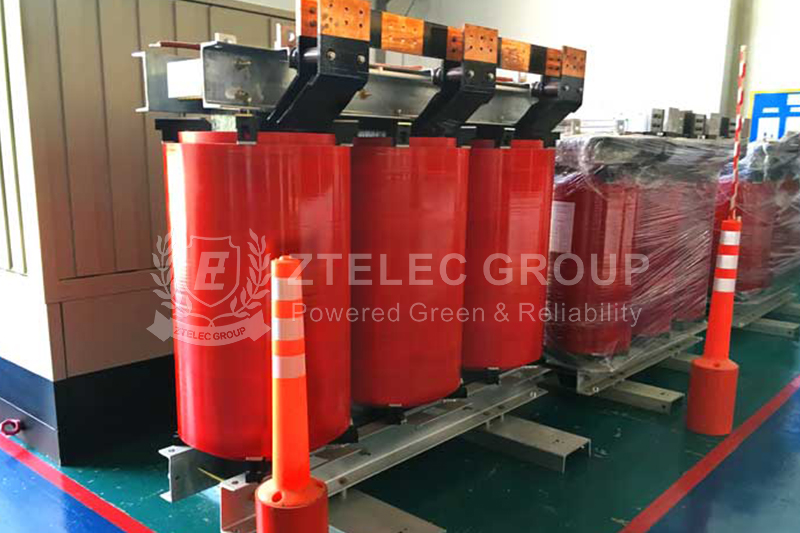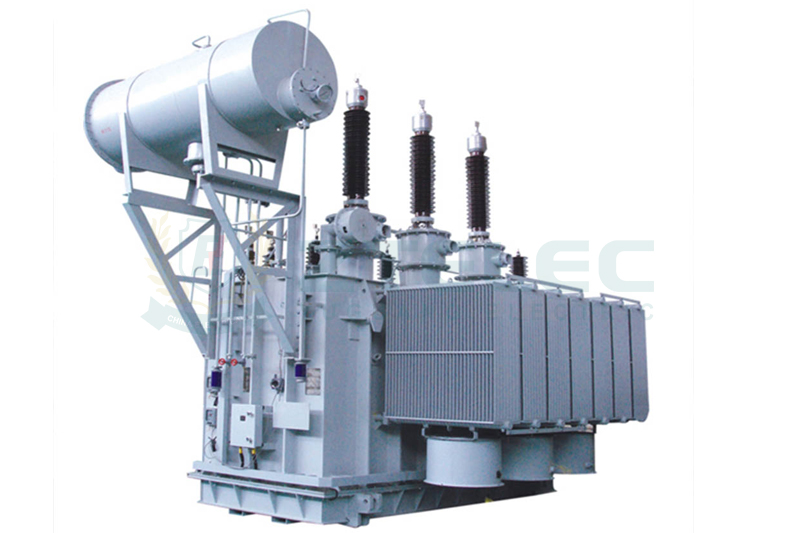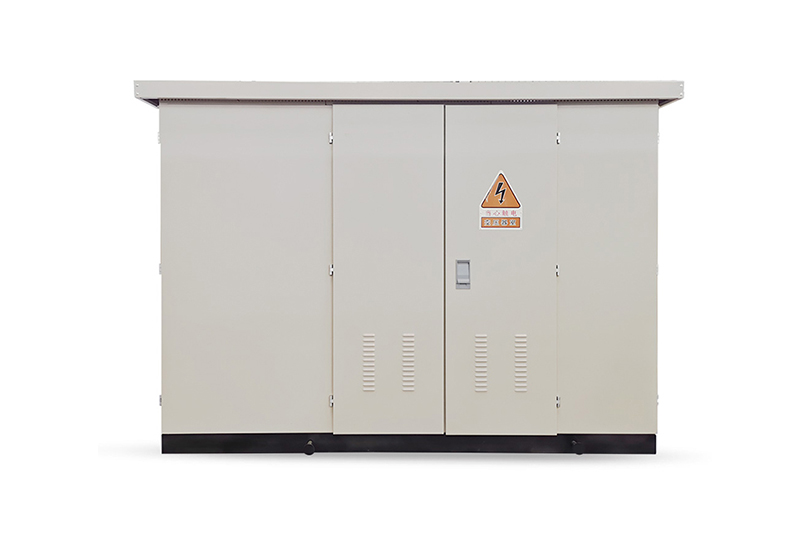Understanding Transformer Voltage Conversion and Its Mechanism
Time:2025-05-29 Auther:ZTelec-www.ztelectransformer.com
Transformers play a critical role in modern power systems by enabling reliable voltage conversion, which is essential for the transmission, distribution, and utilization of electric power. As global power demand rises and power grid infrastructures expand, the performance and efficiency of transformers are under increasing scrutiny. This article provides a comprehensive analysis of the voltage conversion process and internal mechanisms of transformers, offering foundational knowledge to enhance transformer reliability and energy performance.

Significance of Voltage Conversion Mechanisms in Transformers
A deep understanding of transformer voltage conversion mechanisms is vital for optimizing equipment design and ensuring stable power system operation. By analyzing the electromagnetic processes within transformers, engineers can identify key factors influencing conversion efficiency and implement targeted improvements. These insights guide the development of next-generation transformers capable of meeting modern power distribution requirements with greater energy efficiency and stability.
Core Structure and Operating Principle of Transformers
A transformer consists primarily of two components: the magnetic core and the windings. The core is made of laminated high-permeability silicon steel sheets, forming a magnetic pathway that enhances coupling between the windings. The windings include the primary and secondary coils—connected to the input power source and output load respectively. Depending on usage, transformers are classified as power transformers, distribution transformers, or special-purpose transformers.
The working principle of a transformer is based on electromagnetic induction. When alternating current flows through the primary winding, it generates a changing magnetic flux in the core. This flux induces an electromotive force (EMF) in the secondary winding. According to Faraday’s Law, the induced voltage is proportional to the rate of change of magnetic flux and the number of coil turns. The voltage transformation is governed by the turns ratio formula:
Transformer Equation: V₂ / V₁ = N₂ / N₁
If the number of turns in the secondary winding (N₂) is greater than in the primary (N₁), it results in a step-up transformer (higher output voltage). Conversely, N₂ less than N₁ results in a step-down transformer (lower output voltage).

Strategies to Enhance Voltage Conversion Efficiency
Improving transformer efficiency involves material selection, structural optimization, and the adoption of advanced technologies. High-quality silicon steel with high magnetic permeability and low core loss reduces iron losses. Windings made from high-conductivity copper or aluminum reduce resistive losses.
Structural improvements include optimized winding arrangements and core cross-sectional design to ensure uniform magnetic flux distribution and minimize leakage. Techniques such as segmented and layered winding help reduce eddy current losses and improve thermal performance.
Advanced technologies further enhance transformer efficiency. Amorphous metal core transformers exhibit minimal no-load losses, while forced-oil cooling systems improve thermal management. Additionally, smart monitoring systems enable real-time adjustments to optimize transformer operation. Effective maintenance practices—such as load balancing and precise thermal control—are also critical to achieving long-term efficiency gains.
The transformer’s voltage conversion process is based on intricate electromagnetic interactions. A deep understanding of its internal working principles is essential for achieving higher performance in design, operation, and energy conversion. By integrating material science, structural innovations, and intelligent systems, the energy efficiency and reliability of transformers can be significantly improved, aligning with the evolving demands of modern power infrastructure.




